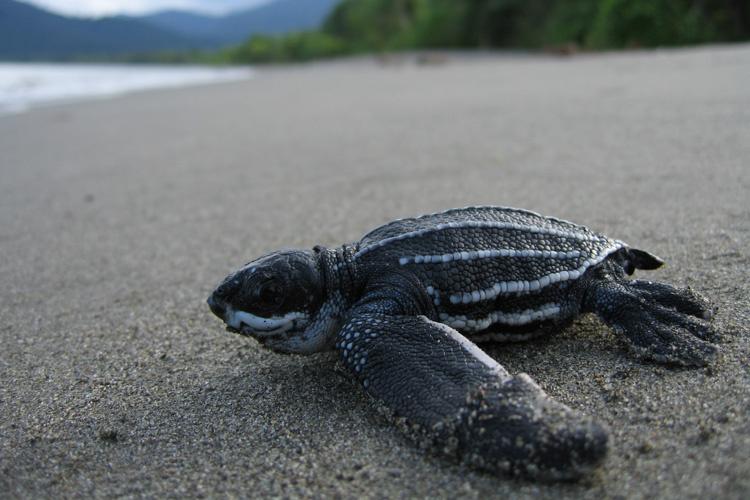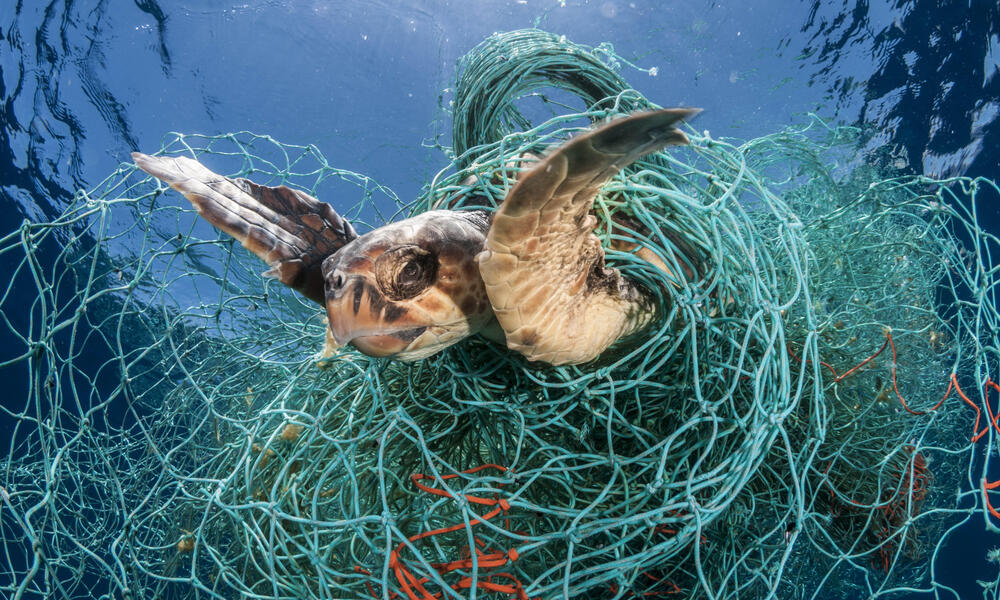No, not all sea turtles are endangered.
Understanding Sea Turtle Species
Sea turtles are one of the most beloved marine creatures, but are all sea turtles endangered? Let’s take a closer look at the different species of sea turtles to gain a better understanding.
| Species | Characteristics | Habitat | Conservation Status |
|---|---|---|---|
| Green Sea Turtle | Named for their green fat, these turtles are known for their herbivorous diet. | Tropical and subtropical coastal areas around the world. | Endangered |
| Loggerhead Sea Turtle | They have a large head and powerful jaw, making them adept at crushing shells of their prey. | Found in temperate and tropical regions of the Atlantic, Pacific, and Indian Ocean. | Threatened |
| Hawksbill Sea Turtle | Known for their beautiful patterned shells, they primarily feed on sponges. | Found in coral reefs of tropical oceans worldwide. | Critically Endangered |
| Leatherback Sea Turtle | With a unique leathery shell, they are the largest sea turtle species. | They have a wide distribution, spanning the Atlantic, Pacific, and Indian Ocean. | Vulnerable |
| Olive Ridley Sea Turtle | These turtles get their name from the olive color of their shells. | Found in warm waters of the Pacific, Atlantic, and Indian Ocean. | Vulnerable |
It’s important to note that each species of sea turtle has its own conservation status. While some species are listed as endangered or critically endangered, others may be labeled as threatened or vulnerable. Conservation efforts play a crucial role in protecting these magnificent creatures and ensuring their survival in their natural habitats.

Credit: oceantoday.noaa.gov
Factors Impacting Sea Turtle Populations
Sea turtles are a majestic species that play a critical role in maintaining the balance of marine ecosystems. However, their populations are being impacted by various factors.
One significant factor is human activities and their effects. Human activities, such as coastal development, fishing practices, and pollution, have led to the decline in sea turtle populations worldwide. Coastal development destroys nesting habitats, making it difficult for sea turtles to lay their eggs. Fishing practices, such as bycatch and the harvesting of sea turtles and their eggs, also contribute to their population decline. Pollution, especially plastic pollution, poses a serious threat to sea turtles as they often mistake plastic for food and ingest it, causing injury or death.
Another factor that negatively impacts sea turtle populations is climate change and ocean pollution. Climate change leads to rising temperatures, which affects the sex determination of sea turtle hatchlings. Higher temperatures result in more female hatchlings, which can imbalance the gender ratio of the population. Ocean pollution, including oil spills and chemical runoff, can contaminate the water and disrupt the turtles’ food sources, causing health issues and population decline.
Natural predation and disease are also significant factors affecting sea turtle populations. Predation by natural predators, such as sharks and birds, can reduce the number of hatchlings that survive to adulthood. Additionally, diseases can spread among sea turtle populations, leading to mass mortality.
It is crucial to understand and address these factors to ensure the conservation and protection of sea turtles. Implementing stricter regulations on fishing practices, reducing pollution, and raising awareness about the importance of sea turtle conservation are key steps in preserving these magnificent creatures.
Threatened And Endangered Sea Turtle Species
The International Union for Conservation of Nature (IUCN) classifies endangered and threatened species based on the IUCN Red List categories. These categories include:
| Category | Description |
|---|---|
| Extinct | Species that no longer exist in the wild or have become completely extinct. |
| Extinct in the Wild | Species that only exist in captivity or are no longer viable in their natural habitats. |
| Critically Endangered | Species facing an extremely high risk of extinction in the wild. |
| Endangered | Species facing a very high risk of extinction in the wild. |
| Vulnerable | Species facing a high risk of extinction in the wild. |
There are several sea turtle species that fall under the endangered and critically endangered categories. Some of the endangered and critically endangered sea turtle species include:
- Loggerhead Sea Turtle (Caretta caretta)
- Green Sea Turtle (Chelonia mydas)
- Hawksbill Sea Turtle (Eretmochelys imbricata)
- Leatherback Sea Turtle (Dermochelys coriacea)
- Olive Ridley Sea Turtle (Lepidochelys olivacea)
- Kemp’s Ridley Sea Turtle (Lepidochelys kempii)
These species are currently facing severe population declines due to various threats, including:
- Habitat destruction and loss of nesting beaches
- Illegal hunting for their eggs, meat, and shells
- Entanglement in fishing gear
- Pollution and climate change
Efforts are being made worldwide to protect and conserve these sea turtle populations, but more needs to be done to ensure their survival.

Credit: www.bonaireturtles.org
Conservation Efforts And Success Stories
Sea turtles are a group of reptiles that have captured the hearts of people around the world. Many species of sea turtles are indeed endangered, but thanks to various conservation efforts, there have been remarkable success stories in their preservation. Global sea turtle conservation programs have played a significant role in protecting these magnificent creatures. These programs have focused on various aspects, such as research, habitat protection, and public awareness.
One notable success story is the work done in Costa Rica, where strict protection laws and the establishment of protected areas have allowed sea turtle populations to recover significantly. Another example is the efforts in Florida, USA, where the Loggerhead sea turtle population has increased due to measures like nest protection and beach restoration projects.
Despite these successes, there are still many challenges to overcome. One major challenge is the threat of bycatch, where sea turtles get accidentally caught in fishing nets. Climate change also poses a great risk, as rising sea levels and temperature changes can disrupt nesting habitats. Additionally, pollution and coastal development continue to pose threats to sea turtles’ survival.
In conclusion, while the conservation efforts have shown promising results, there is a long way to go in ensuring the survival of all sea turtle species. Continued efforts are needed to address the challenges and protect these incredible creatures for future generations.

Credit: www.fisheries.noaa.gov
Conclusion
It’s important to note that not all sea turtles are endangered. While some species face serious threats, others are considered stable or even recovering. Conservation efforts to protect these magnificent creatures and their habitats remain crucial. By raising awareness about the issues they encounter, we can work towards ensuring a better future for all sea turtles.
Together, we can make a positive impact on their conservation.






Leave a Reply